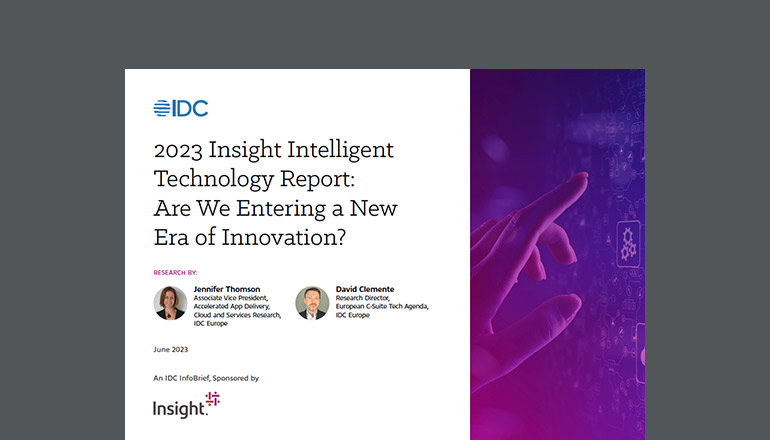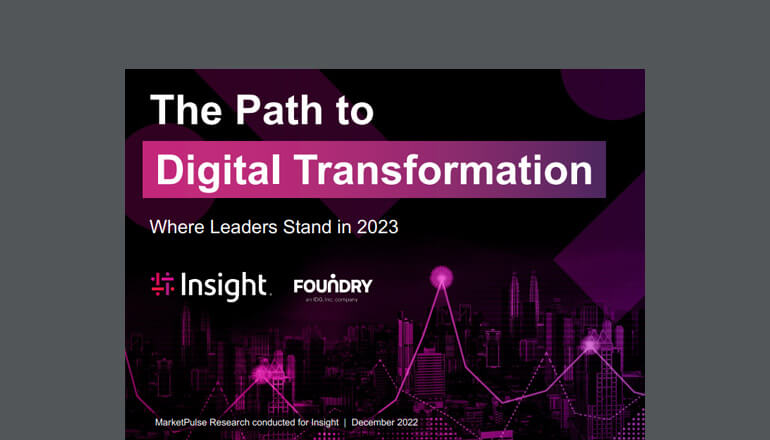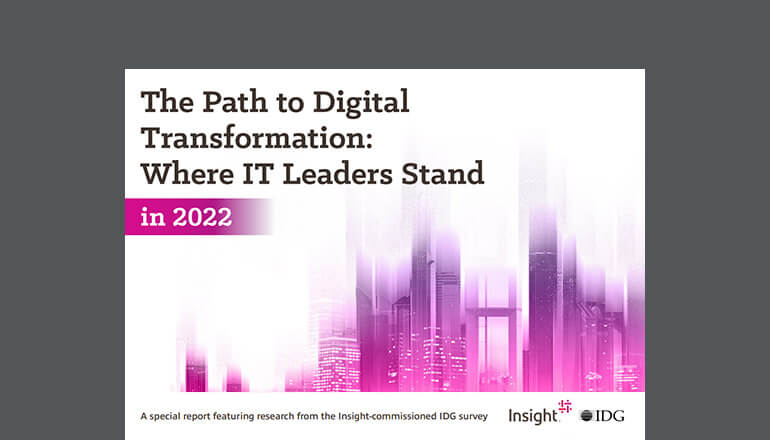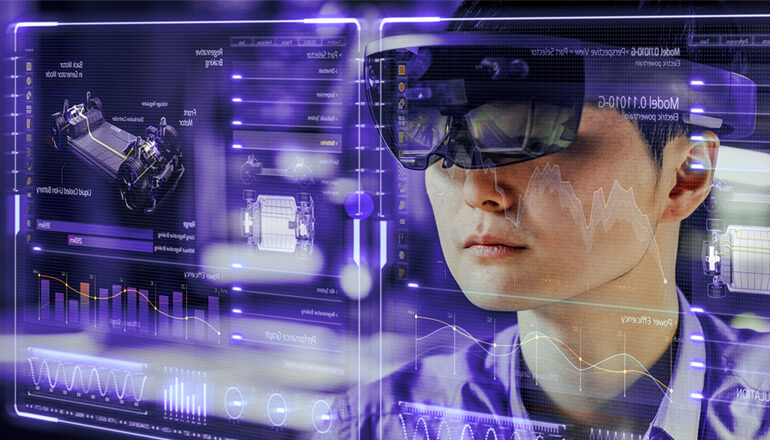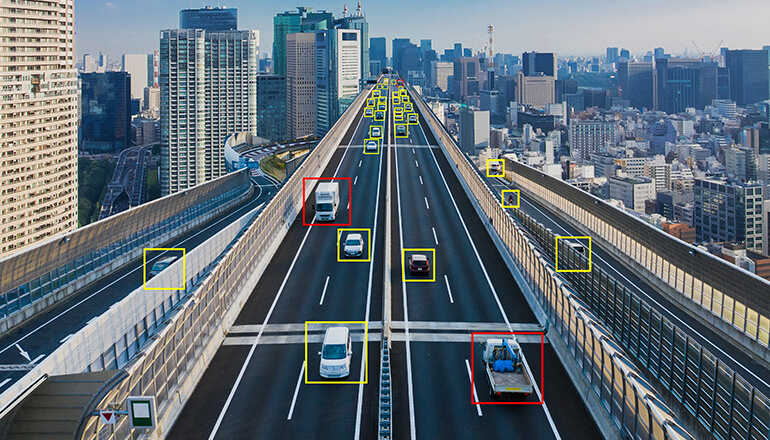Article 6 Computer Vision Trends Transforming the Business Landscape
By Insight Editor / 26 Oct 2021 / Topics: Artificial Intelligence (AI) Digital transformation Analytics
New data from Insight and IDG reveals how the success of early adopters is driving new perspectives, investments and applications of computer vision across industries.
Accessibility note: The infographic is transcribed below the graphic.

For deeper industry analysis and a breakdown of the survey results, access the full report: Early Adopters See Value in Computer Vision.
Infographic text included for screen readers:
6 Computer Vision Trends Transforming the Business Landscape
Computer vision: the use of machine learning to recognize and respond to input from cameras or video
This emerging technology ranks among the fastest growing applications of Artificial Intelligence (AI) today — and early adopters already report significant benefits.
To help businesses navigate this rapidly evolving landscape, Insight commissioned a MarketPulse Research survey from IDG, uncovering key computer vision trends across energy, manufacturing, transportation, retail and healthcare industries.
1. Adoption is accelerating.
86% of businesses expect investments in AI to increase over the next 12 months.
While just 10% of organizations are using computer vision today,
81% report they’re currently investigating or actively implementing the technology.
Plans to implement computer vision by industry:
- 58% retail
- 38% manufacturing
- 35% transportation
- 35% healthcare
- 20% energy
2. The value of visibility is clear.
96% of respondents agree computer vision can help their organization grow revenue.
97% agree computer vision can help their organization save time and money.
Among those investigating, planning to implement or actively using computer vision:
45% see opportunities for cost cutting and efficiency gains.
45% cite the technology as a driver for innovation.
3. Common drivers include safety and security.
Specific applications for computer vision vary by industry, but across the board, the most common use cases include:
78% improving security
71% improving employee safety
58% improving customer experience
58% anomaly or defect detection
57% process optimization
4. Seeing is believing.
As organizations investigate the value and feasibility of implementing computer vision, time-to-ROI is a key consideration.
72% of businesses expect to see a Return on Investment (ROI) within two to three years.
But those that have put computer vision into production are more likely to expect ROI within just one year.
Early adopters are also the most likely to strongly agree that computer vision has the potential to grow revenue.
5. Expertise is essential.
As with any new technology, there are bound to be challenges or concerns inhibiting early investment. Across industries, organizations reported common obstacles:
68% security, privacy and/or compliance
53% concerns about data overload
52% lack of knowledge or capacity to manage
To overcome these challenges, the majority of organizations report a high likelihood to seek support from external consultants or system integrators.
90% would seek support for strategy and planning.
87% would seek support for implementation.
84% would seek support for production.
6. Early adopters gain an early advantage.
While just 10% of organizations have positioned themselves at the forefront of this trend, there’s ample opportunity for other early adopters to capitalize on the benefits of computer vision.
“As more organizations shift from investigating to investing in this technology, those that get ahead of the curve and put the technology into motion will capture ROI and gain a competitive edge.”




